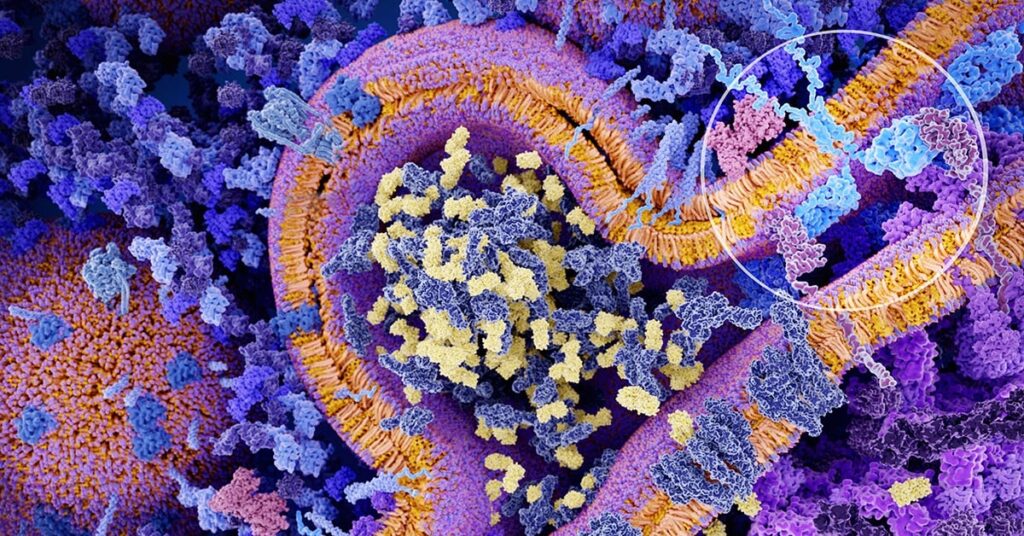Flow cytometry is an appealing technique because it enables users to analyze multiple cell types in a single experiment. In the early days of flow cytometry, when cytometers had one or two lasers, and only a limited number of fluorescent probes existed, complex staining panels may have had only four colors.
We are in a golden age of flow cytometry now, and both hardware and reagent advances allow users to work with panels of 10 colors and beyond. Consider these advantages of high complexity staining panels as you plan new preclinical or clinical assays.
1. Both abundant and rare cell populations can be identified.
High complexity panels allow for numerous cell subsets to be delineated through the staining of surface and intracellular markers. Even if certain markers are present on multiple cell types, staining for additional markers allows users to characterize numerous cell subsets, even rare cell types.

2. Staining panels can be customized.
In this age of immunotherapy, flow cytometry analysis is necessary to evaluate therapeutic cell specimens, like CAR T cells, prior to infusion. High complexity panels can be used to stain a patient’s specific therapeutic cell subset as well as characterize other subsets that may be present but could have adverse effects.
3. Patient responses can be studied in detail.
Immunotherapy-based treatments, which can be used for numerous conditions, including cancer and autoimmune diseases, can induce a wide array of immune responses in patients. Careful monitoring is needed to ensure safety and efficacy of these treatments. High complexity flow cytometry panels are well suited to these clinical applications because they are both customizable and can be developed into a validated assay.
These high complexity panels must be developed by experienced flow cytometry users to ensure that appropriate stains and cytometers are used. Harness the expertise of contract research organizations or core flow cytometry facilities to take your flow cytometry assays to new levels of color.

